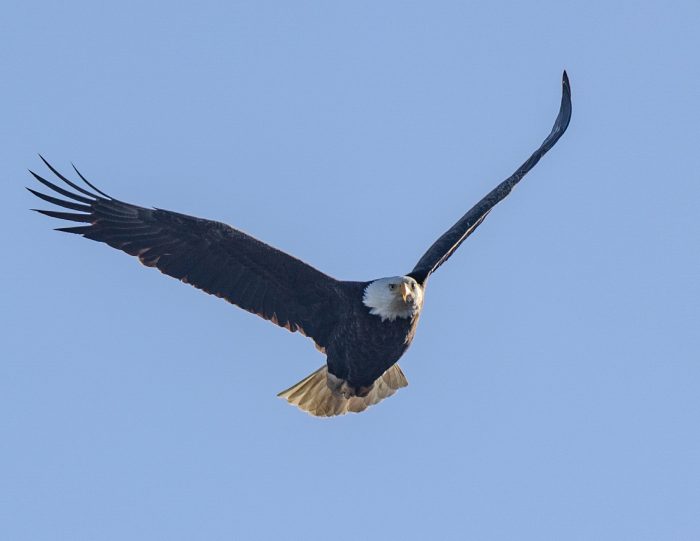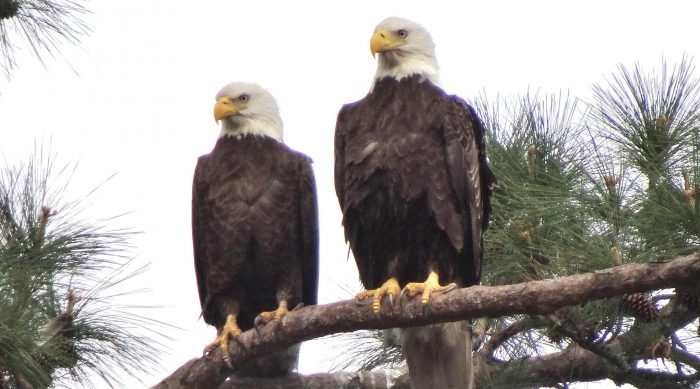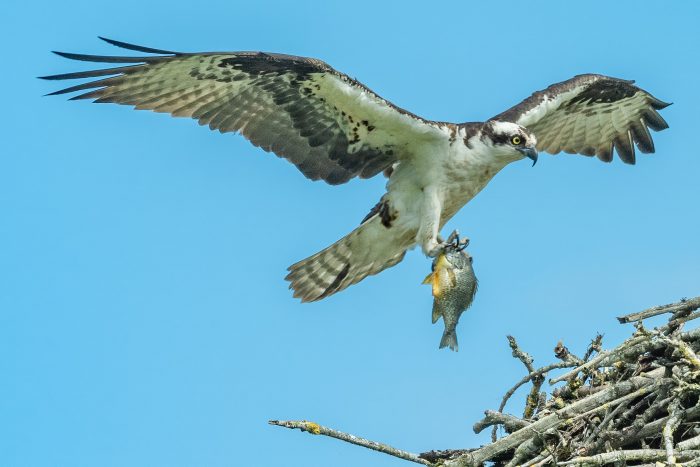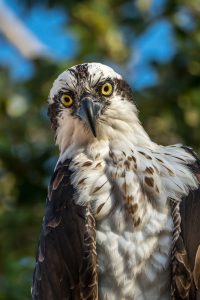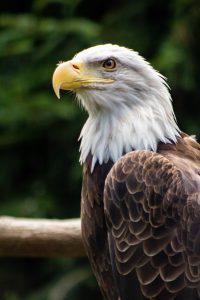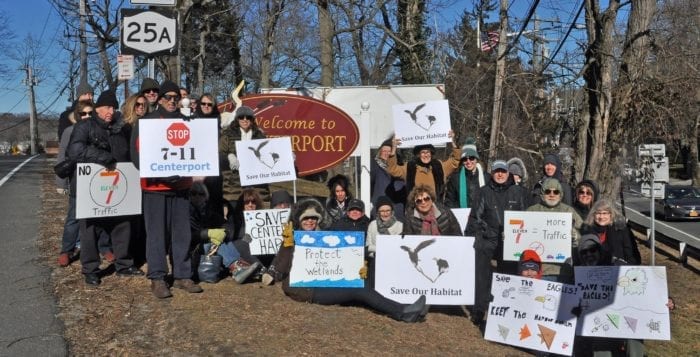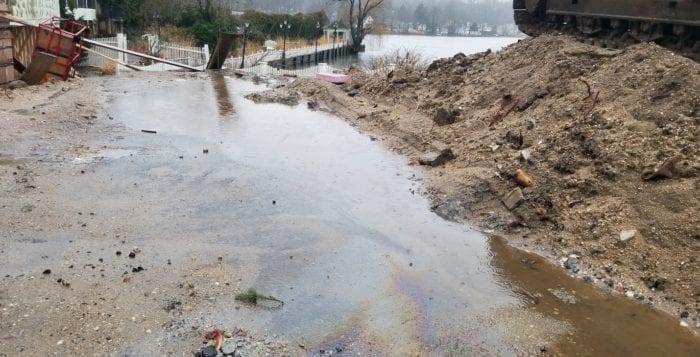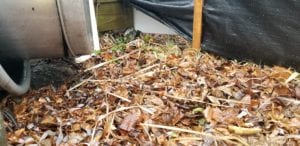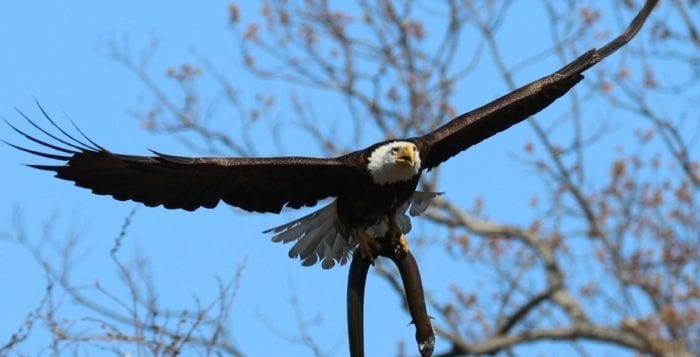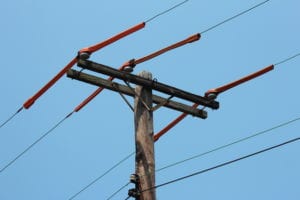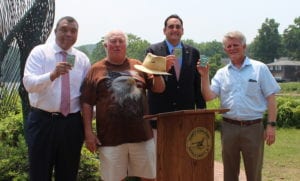By John L. Turner

If ecologists have revealed anything from the thousands of studies of nature and its countless components, relationships, and interactions, it is the extent to which life is interconnected, with the fate of so many living things interwoven with the fate of others. Many of these studies have shown how species are tied together in many unforeseen ways, built on complex webs and relationships.
John Muir, the founder of the Sierra Club, knew this truism when he wrote about the “intricate tapestry of the natural world” and perhaps best reflected by his famous comment “When one tugs at a single thing in nature, he finds it attached to the rest of the world.”
Aldo Leopold, perhaps the most impactful conservationist this country has produced, understood this too, expressing it in a slightly different way: “To keep every cog and wheel is the first precaution of intelligent tinkering.” Leopold recognized that adversely affecting one species in a natural community can trigger a set of undesirable ecological actions that ripples throughout the community.
There are many straightforward examples illustrating the ecological “ties that bind.”
One basic concept involves food chains, constructs that help us to understand the connection of one species with another in “eat and be eaten” relationships and the pesticide DDT, banned long-ago, illustrates how species along a food chain can be connected. DDT was once widely used throughout the United States (and still is used in other parts of the world) and commonly applied on Long Island in the 1950’s and 60’s in an effort to control mosquitoes, especially salt marsh species.
The DDT in water was assimilated into algae and other phytoplankton, that were fed upon by zooplankton, and many species of zooplankton were, in turn, eaten by small fish who were consumed by larger fish. The larger fish were consumed by fish-eating birds like ospreys, bald eagles, pelicans, and cormorants.
DDT is fat soluble and not easily excreted so it increased in concentration in the animals higher on the food chain, to the point that in birds it interfered with their ability to lay viable eggs. A loss of viable eggs meant declines in the abundance of these species. DDT served as an unfortunate illustration of how food chains and webs worked, connecting phytoplankton and zooplankton (species lower on a food chain) to fish and ultimately to birds (higher on the food chain).
In reality, the world is a much more complicated place and an ecosystem can have numerous food chains that interconnect in a larger and more comprehensive food web, resulting in “cause and effect” relationships that might not be apparent at first.
As an example, let’s take Yellowstone National Park. For much of the twentieth century the National Park Service had a wrongheaded and myopic policy of eradicating timber wolves within park boundaries, resulting in burgeoning populations of elk and deer that, in turn, increased browsing and grazing of the Park’s small trees, shrubs and grasses.
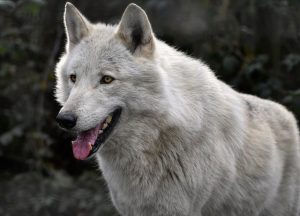
Wolves were reintroduced into the Park in 1995 and almost immediately created a cascade of effects that rippled throughout Yellowstone. Wolves disrupted elk herds, their primary prey, allowing for their preferred habitat — riverbanks of willows and aspens — to recover. This new growth provided breeding habitat for a variety of songbirds and the shade the trees created helped fish populations. Beaver increased (there was but one beaver colony when the wolves were brought back; now there are nine) responding to the new, fresh tree growth. Their constructed dams created impoundments for aquatic invertebrates and fish and freshwater marshes where moose and mink occurred.
Coyotes declined due to wolf predation which allowed for foxes to increase and wolf introduction also benefited grizzly bears who had more berries to eat due to lessened browsing by elk. Prey carcasses also sustained a number of other species like lynx, wolverines, eagles, raven and magpies, grizzly bears just emerging from hibernation, and even beetle species. Ecologists have documented changes down to the diversity of microbes in the soil as a result of wolves reestablishment!
Closer to home we have the case of the diamondback terrapin. A beautiful reptile with strongholds in the bays and harbors of Long Island’s north shore, it plays an important role in maintaining the health of salt marsh environments in which it lives. With very strong jaws, hard food objects are fair game and terrapins routinely eat several snail species, helping to keep them in check. A good thing because some of the snails feed on marsh grass (Spartina) and if their populations were not controlled it could result in the loss of marshes and the numerous attendant benefits salt marshes provide in the form of food production, attenuating coastal flooding, softening the impacts of coastal storms, and providing habitat for so many plant and animal species.
A last example underscores how a species can help knit together two distant places with ramifications on human health — in this case India and East Africa. There’s a dragonfly known as the wandering glider and remarkably millions migrate across the Indian Ocean each year, leaving the rice patties and other wetlands where they were born and overwintering in East Africa. Here, they are voracious predators of mosquitoes, many of which carry malaria, an affliction which can be fatal if untreated. Scientists noted an increase in malaria cases in East Africa and tied it back to a reduction in dragonflies caused by pesticide use in Indian wetland pools.
As these examples illustrate the natural world is an exceptionally complex interwoven tapestry of life with many unforeseen connections. You can understand why Frank Edwin Egler, an American botanist, observed “Nature is not more complicated than you think, it is more complicated than you CAN think.”
A resident of Setauket, author John Turner is conservation chair of the Four Harbors Audubon Society, author of “Exploring the Other Island: A Seasonal Nature Guide to Long Island” and president of Alula Birding & Natural History Tours.

